 | « Back to article | Print this article |
British pilots Steve Brooks and Matt Jones will circumnavigate the globe in a restored Spitfire.
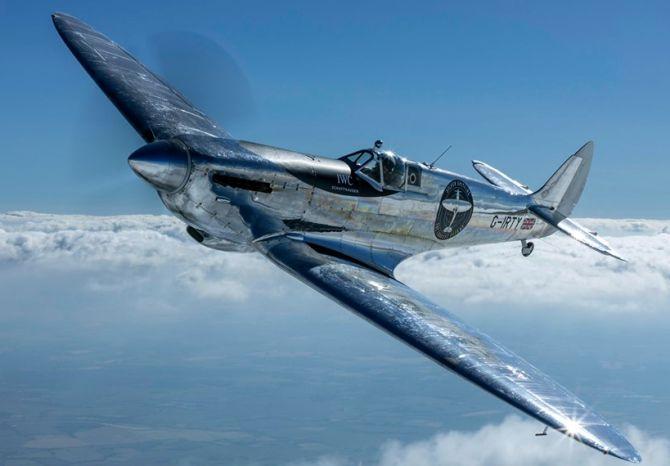
Take a World War Two era plane, two British pilots and you get a 27,000-mile adventure spanning 100 locations in 30 countries.
In a world's first, two British pilots Steve Brooks, 58, and Matt Jones, 45 will fly the WW2-era aircraft in a project titled Silver Spitfire – The Longest Flight, which will begin on August 5.

The project began 10 years back when Brooks, from Burford, Oxfordshire bought the old silver Mark IX plane at an auction. For those who don't know their Supermarine Spitfire flew 51 times in the War.
Now, on August 5 after restoring the plane for two years, they will set off from Goodwood-based BoultbeeFlightAcademy in Sussex, the first-ever school for Spitfire pilots, to Scotland, then westbound to places including the United States, Canada, Japan, Russia and India before they make the trip back to Britain.
The beginning of their journey
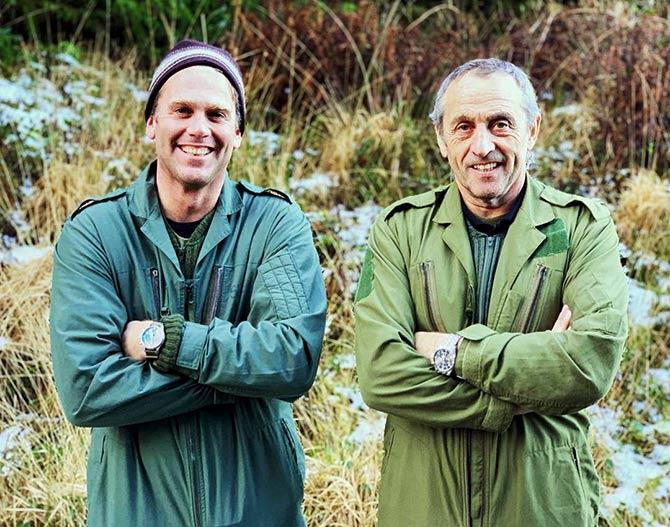
When asked about the reason for making this kind of historic journey, Brooks was quoted as saying, "We want to take the Spitfire to the people. Ten years ago we bought a Spitfire and weren't sure what to do with it, but we wanted to inspire people in life through aviation.
"From that we came up with the idea of the school. Up until then, Spitfires sat in museums behind red ropes and no-one was allowed near them.
"During World War II, RJ Mitchell, who designed the Spitfire, realised we needed something to defend our freedom. From the moment it was built, the Spitfire was about freedom.
"When you say Spitfire to a British person, an Indian person, all around the world, there is this sense of freedom.
"This (project) is about taking back and sharing it with people all over the world."
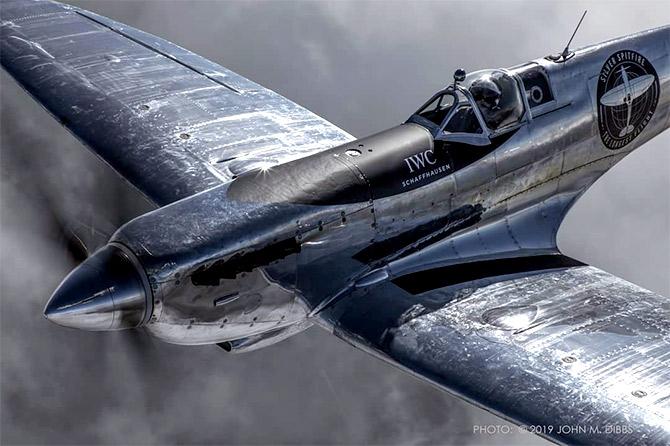
The Silver Spitfire was one of the original aircraft made in Castle Bromwich in 1943, and was stored in a museum until its restoration began two years ago.
The pair have been working on the project with luxury watch manufacturer IWC Schaffhausen, who are the main partner and official timekeeper.
The restoration of the plane has been no easy task.
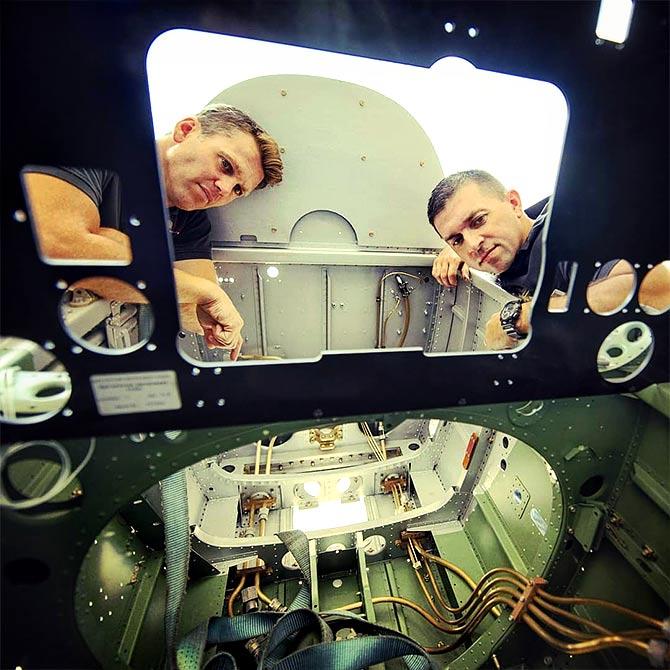
More than 20,000 rivets had to be individually inspected, cleaned and, if necessary, replaced.
The goal of everyone involved was to keep the Spitfire MX.IX in its original condition, as far as possible.
Additionally, the aircraft had no instrument panel and no flying instruments, and large parts of the hydraulic system, the undercarriage legs and the propeller were no longer in their original condition.
Also, because the “Silver Spitfire” has a total of eight fuel tanks instead of two, various new pipes, valves and pumps had to be fitted. In addition, the powerful Rolls-Royce Merlin 70 engine, with an output of over 1700 hp, was given a thorough overhaul and is now ready for another 500 flying hours.
The team
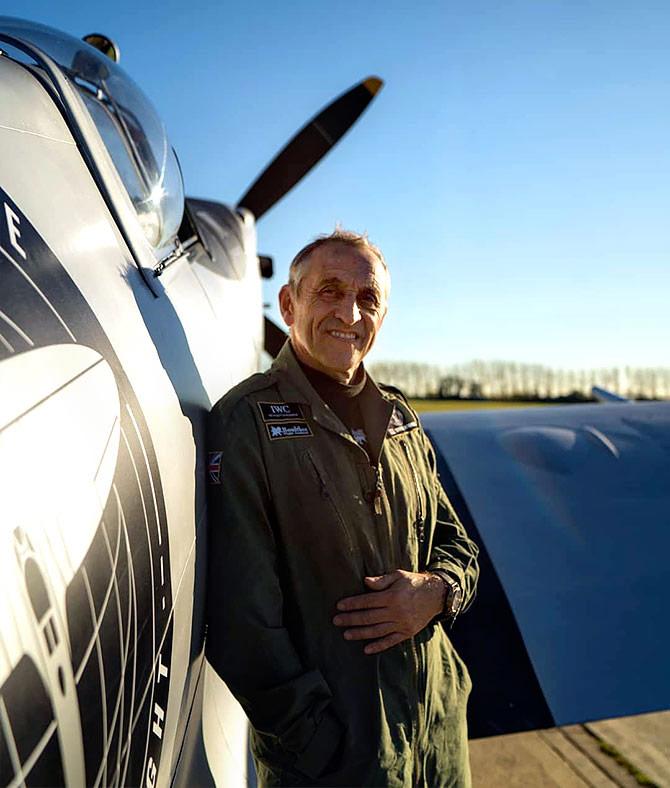
The Silver Spitfire – The Longest Flight, is the brainchild of not only Jones and Brooks but a small and dedicated team of enthusiasts, among them Lachlan Monro, the project director, and Gerry Jones, the group’s chief engineer -- both of whom will be following the aircraft around the world in a small PC-12 support plane.
Brooks is no stranger to adventures. A property developer, he has been the first person to drive across the ice of the Bering Straits from America to Russia, and the first to fly from pole to pole by helicopter.
However, surprisingly, Brooks is actually still training how to fly a Spitfire.
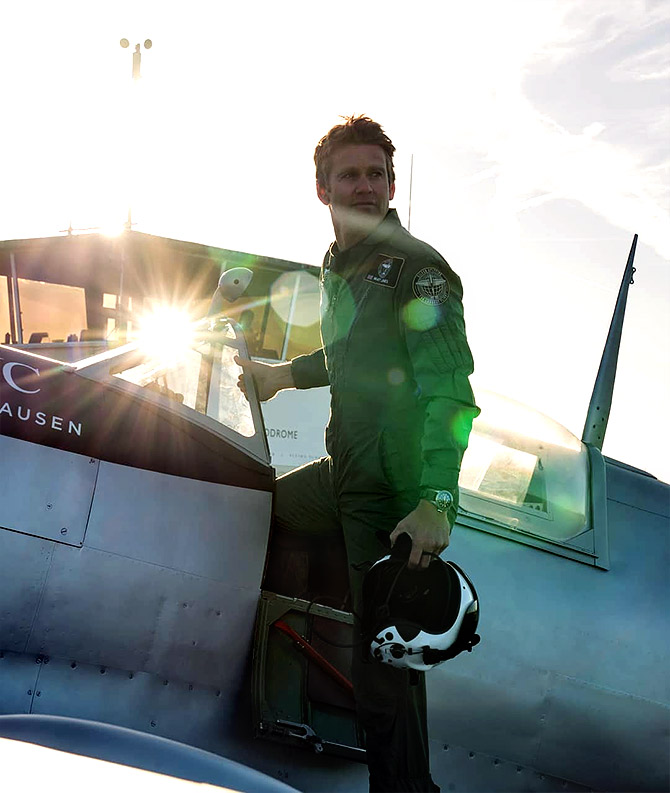
Meanwhile, 44-year-old Jones is an experienced pilot of aircraft of all sizes and eras, and knows the Spitfire inside out. The pair will share the flying on the circumnavigation.
Speaking about flying the historic plane, Jones was quoted as saying to The Telegraph, "“There is no feeling like it. Spitfire pilots in the war used to talk about the aeroplane’s wings becoming their own, and that’s what it’s like. You feel so exposed, and unlike a modern fighter, you know exactly how fast you’re going. It feels that quick.”
And to help them hatch this plan out, they roped in the help of 39-year-old Gerry Jones, the chief engineer, to ensure that the plane was up to scratch to make the trip.
Also part of the team is Lachlan Monro who is managing the operational and commercial aspects of the trip. Funnily enough when Monro was approached, he was thinking about arranging a "Cool Britannia-style" Spitfire project himself.
Preparing for the perils to come
Brooks said that flying the Spitfire won't be like a regular plane.
"To get round the world you’ve got to nurture it and understand it. There are dangers," he was quoted as saying.
Jones added, “We’ll have to be careful of a few things. The way we can fly, only going where we can see where we can go, we can’t fly at night, or through clouds.
“We’re not greatly pressured into having to be anywhere, so we have to respect its limits.
“It’s also important to note that no-one will be shooting at us, like they were back in the day.”
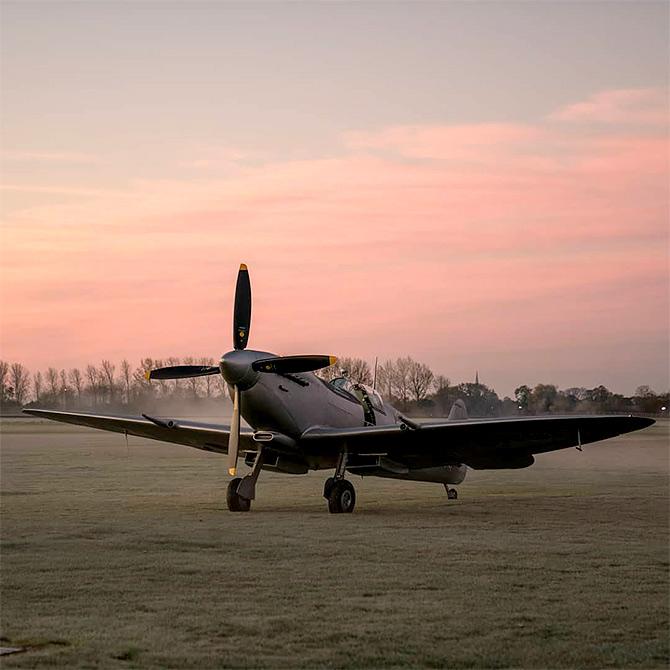
“In the Spitfire you’re doing three miles a minute,” said Brooks.
“You’ve never been lost until you’ve been lost at three miles a minute. It’s a terrifying feeling.
"So we have to be careful.”
The pair said they will be taking regular breaks and switch at different stops.
A chase plane, which will have a full-time captain, an engineer, as well as a film and camera crew to video the journey for a documentary, will follow the Spitfire.